Introduction
In an era where energy independence and sustainability are highly sought - after, off - grid inverter technology plays a pivotal role. An off - grid system, which combines solar power generation, battery energy storage, and backup power sources, is designed to operate autonomously without relying on the main utility grid. The inverter within this system is a crucial component, responsible for converting the direct current (DC) generated by solar panels or stored in batteries into alternating current (AC) that can be used to power a wide range of electrical appliances and devices. This technology is not only essential for remote areas where grid connection is either unavailable or prohibitively expensive but also for those who desire to reduce their carbon footprint and gain greater control over their energy consumption.
Solar Power Generation in Off - Grid Systems
Solar Panel Basics
Solar panels, also known as photovoltaic (PV) panels, are the primary source of energy in off - grid solar systems. These panels are made up of multiple photovoltaic cells, typically composed of semiconductor materials such as silicon. When sunlight hits the PV cells, photons from the sunlight excite electrons in the semiconductor material, creating an electric current. The amount of electricity generated by solar panels depends on several factors, including the intensity of sunlight (irradiance), the temperature of the panels, and their orientation and tilt.
In off - grid systems, different types of solar panels are used. Monocrystalline silicon panels are known for their high efficiency, often ranging from 15% to 22%. They are made from a single crystal of silicon, which allows for a more organized structure of the semiconductor material, enabling better electron flow. Polycrystalline silicon panels, on the other hand, are made from multiple silicon crystals. They are generally less expensive to produce than monocrystalline panels but have a slightly lower efficiency, usually in the range of 13% to 18%. Thin - film solar panels, such as those made from cadmium telluride (CdTe) or copper indium gallium selenide (CIGS), are another option. They are lightweight and can be more flexible in terms of installation, although their efficiency may be in the 10% to 15% range.
Solar Array Design
Designing a solar array for an off - grid system requires careful consideration. The size of the solar array needs to be determined based on the energy requirements of the load (the electrical devices that will be powered). First, an estimate of the daily energy consumption of all the appliances and devices in the off - grid setup is made. This includes lights, refrigerators, televisions, and any other electrical equipment. Once the daily energy demand is known, factors such as the average daily sunlight hours in the location and the efficiency of the solar panels are taken into account.
For example, if a household in an area with an average of 5 hours of peak sunlight per day requires 5 kWh of electricity daily, and the solar panels have an efficiency of 18% and a power rating of 300 W each, the number of panels can be calculated. The energy output of a single 300 - W panel in 5 hours of peak sunlight is 300 W × 5 h = 1.5 kWh. To generate 5 kWh, approximately 3.33 panels are needed. In practice, a few more panels may be added to account for factors like panel degradation over time, shading, and less - than - ideal sunlight conditions.
The orientation and tilt of the solar panels also significantly impact their performance. In the Northern Hemisphere, panels are typically oriented southward to receive the maximum amount of sunlight throughout the day. The optimal tilt angle is often close to the latitude of the location. For instance, if a location has a latitude of 35°, the solar panels may be tilted at an angle of around 35° to maximize sunlight capture.
Battery Energy Storage in Off - Grid Systems
Battery Technologies
Batteries are essential for storing the excess energy generated by solar panels during periods of high sunlight so that it can be used when the sun is not shining, such as at night or on cloudy days. In off - grid systems, several battery technologies are commonly used.
Lead - acid batteries have been a mainstay in off - grid energy storage for a long time. Flooded lead - acid batteries are relatively inexpensive. They consist of a series of lead plates immersed in an electrolyte solution of sulfuric acid. However, they require regular maintenance, such as adding distilled water to the cells to compensate for water loss during charging. Sealed lead - acid batteries, including valve - regulated lead - acid (VRLA) batteries, are more convenient as they do not require regular maintenance. They are available in two main types: absorbed glass mat (AGM) and gel - type. AGM batteries have a glass - fiber mat separator that absorbs the electrolyte, while gel - type batteries have the electrolyte in a gel - like form. The main drawback of lead - acid batteries is their relatively low energy density and limited cycle life, typically ranging from 300 to 500 full charge - discharge cycles.
Lithium - ion batteries, particularly lithium - iron - phosphate (LiFePO4) batteries, are becoming increasingly popular in off - grid systems. LiFePO4 batteries offer several advantages over lead - acid batteries. They have a higher energy density, meaning they can store more energy in a smaller and lighter package. They also have a much longer cycle life, often exceeding 2000 charge - discharge cycles. Additionally, LiFePO4 batteries have a higher charge and discharge efficiency, typically in the range of 90 - 95%, compared to the 70 - 80% efficiency of lead - acid batteries. However, lithium - ion batteries are generally more expensive upfront, although their long - term cost - effectiveness may be higher due to their longer lifespan and better performance.
Battery Sizing
Determining the appropriate size of the battery bank in an off - grid system is crucial. The battery capacity needs to be sufficient to meet the energy demands during periods when there is no solar generation. First, the depth of discharge (DOD) of the battery needs to be considered. For lead - acid batteries, it is generally recommended to limit the DOD to 50% to ensure a reasonable lifespan. For LiFePO4 batteries, a DOD of up to 80% may be acceptable.
If, for example, the daily energy demand of an off - grid system is 5 kWh and it is expected to operate for two days without solar input, and a lead - acid battery with a 50% DOD is used, the required battery capacity can be calculated as follows. The total energy needed for two days is 5 kWh × 2 = 10 kWh. With a 50% DOD, the actual battery capacity required is 10 kWh / 0.5 = 20 kWh. If using 12 - V, 100 - Ah lead - acid batteries (which have an energy capacity of 12 V × 100 Ah = 1.2 kWh each), approximately 17 batteries (20 kWh / 1.2 kWh) would be needed.
Backup Power Sources in Off - Grid Systems
Generator - Based Backup
Generators are a common backup power source in off - grid systems. Diesel generators are widely used due to their high power output capabilities. They can provide a reliable source of electricity when the solar panels and batteries are unable to meet the energy demand. Diesel generators work by burning diesel fuel to power an engine, which in turn drives an alternator to generate electricity.
However, diesel generators have some drawbacks. They produce emissions, including carbon monoxide, nitrogen oxides, and particulate matter, which can be harmful to the environment and human health. They also require regular maintenance, such as oil changes and filter replacements. Additionally, the cost of diesel fuel can be relatively high, especially in remote areas where fuel delivery may be difficult.
Gasoline generators are another option. They are generally less expensive than diesel generators and can start up more quickly. But they also produce emissions and have a relatively high fuel consumption rate. Propane generators are becoming more popular as they produce fewer emissions compared to diesel and gasoline generators. Propane is also a cleaner - burning fuel and is often more readily available in some areas.
Hybrid Backup Systems
Some off - grid systems use hybrid backup systems that combine different energy sources. For example, a system may include a small wind turbine in addition to solar panels, batteries, and a generator. Wind turbines can generate electricity when there is sufficient wind, especially during periods when sunlight is scarce. This can help to reduce the reliance on the generator and extend the battery life.
Another type of hybrid system may incorporate a biogas generator. Biogas can be produced from organic waste, such as manure or food waste. Using a biogas generator as a backup power source not only provides a renewable energy option but also helps with waste management. However, setting up a biogas production system requires careful planning and may be more complex to operate compared to other backup power sources.
Off - Grid Inverter Technology
Inverter Basics
The off - grid inverter is the heart of an off - grid power system. Its main function is to convert the DC power from solar panels or batteries into AC power that can be used by standard electrical appliances. Inverters come in different types, with the two main categories being pure - sine - wave inverters and modified - sine - wave inverters.
Pure - sine - wave inverters produce an AC output that closely resembles the sinusoidal waveform of utility - grid electricity. This type of inverter is suitable for powering a wide range of electrical devices, including sensitive electronics such as computers, televisions, and medical equipment. Many modern appliances, especially those with variable - speed motors, require a pure - sine - wave input to operate efficiently and without damage. However, pure - sine - wave inverters are generally more expensive than modified - sine - wave inverters.
Modified - sine - wave inverters produce a stepped - square - wave output that approximates a sine wave. They are less expensive and can power many common electrical appliances such as lights, fans, and some types of heaters. However, they may cause interference or reduced performance in some sensitive electronics. For example, some audio equipment may produce a buzzing noise when powered by a modified - sine - wave inverter.
Inverter Features and Functionality
Modern off - grid inverters come with a variety of features to enhance the performance and efficiency of the off - grid system. One important feature is maximum power point tracking (MPPT). MPPT technology allows the inverter to continuously adjust the operating voltage and current of the solar panels to ensure that they operate at their maximum power output point. This can significantly increase the amount of electricity generated by the solar panels, especially under varying sunlight and temperature conditions.
Another feature is battery charging control. The inverter is responsible for charging the batteries in the off - grid system. It needs to regulate the charging voltage and current to ensure that the batteries are charged safely and efficiently. Different battery chemistries, such as lead - acid and lithium - ion, require different charging profiles. For example, lead - acid batteries typically require a three - stage charging process: bulk charging, absorption charging, and float charging. The inverter must be able to implement these charging stages accurately to prolong the battery life.
Inverters also often have features for load management. They can monitor the power consumption of the connected load and adjust the power output from the solar panels and batteries accordingly. In some cases, if the load demand exceeds the available power from the solar panels and batteries, the inverter may automatically start a backup generator to meet the additional power requirements.
Inverter Sizing
Proper sizing of the off - grid inverter is essential. The inverter's power rating should be sufficient to handle the peak power demand of the connected load. First, an inventory of all the electrical appliances and devices that will be powered by the off - grid system is made. The power ratings (in watts) of each device are noted. The peak power demand is the sum of the power requirements of all the devices that may be turned on simultaneously at their highest power - consuming state.
For example, if a household has a refrigerator that requires 500 W, a microwave oven that uses 1000 W, and a few lights and fans that total 300 W, and all these devices could potentially be turned on at the same time, the peak power demand is 500 W + 1000 W + 300 W = 1800 W. In this case, an inverter with a power rating of at least 2000 W (to account for some additional margin) would be needed. Additionally, the inverter should also be able to handle the inrush current of some appliances, such as motors in refrigerators or air conditioners, which may draw a much higher current for a short period when starting up.
Integration and Control of Off - Grid Systems
System Integration
Integrating solar panels, batteries, backup power sources, and the inverter into a seamless off - grid system requires careful planning and engineering. The electrical connections between all the components need to be properly designed to ensure safe and efficient power transfer. For example, the wiring between the solar panels and the inverter should be sized to handle the maximum current that the solar panels can generate without significant voltage drops. Similarly, the connections between the batteries and the inverter need to be able to handle the high - current charging and discharging processes.
In addition to the electrical connections, the physical layout of the components also matters. Solar panels should be installed in a location with maximum sunlight exposure and away from shading sources. Batteries are often placed in a well - ventilated area, away from heat sources and water, to ensure safe operation. Backup generators should be installed in a location that allows for proper ventilation of the exhaust gases and easy access for refueling and maintenance.
Control Systems
A control system is essential for the proper operation of an off - grid system. The control system monitors the status of the solar panels, batteries, backup power sources, and the load. It uses sensors to measure parameters such as solar irradiance, battery state - of - charge, voltage, and current. Based on this data, the control system makes decisions to optimize the operation of the system.
For example, when the battery state - of - charge is low and the solar panels are generating excess power, the control system will direct the inverter to charge the batteries. If the load demand exceeds the available power from the solar panels and batteries, the control system may start the backup generator. Some advanced control systems can also be remotely monitored and controlled via a mobile app or a web - based interface. This allows the system owner to check the status of the off - grid system, adjust settings, and receive alerts in case of any issues, even when they are away from the location of the system.
Challenges and Future Developments in Off - Grid Inverter Technology
Challenges
One of the main challenges in off - grid inverter technology is cost. High - quality off - grid inverters, especially those with advanced features such as MPPT and pure - sine - wave output, can be relatively expensive. This cost factor can be a barrier to the widespread adoption of off - grid systems, especially in developing countries or for individuals with limited financial resources. Additionally, the cost of solar panels, batteries, and backup power sources also contributes to the overall high cost of an off - grid setup.
Another challenge is the complexity of system design and installation. Designing an off - grid system that can meet the energy requirements of a specific load while ensuring the optimal performance of all components requires a certain level of technical expertise. Incorrect sizing of components, improper installation, or poor integration can lead to reduced system efficiency, shorter battery life, and unreliable power supply.
The maintenance and repair of off - grid systems can also be a challenge, especially in remote areas. Finding qualified technicians who are familiar with off - grid inverter technology and other components may be difficult. Additionally, the availability of spare parts for inverters and other system components may be limited, which can lead to long - downtime in case of component failures.
Future Developments
Despite these challenges, there are many exciting future developments on the horizon for off - grid inverter technology. Research is being conducted to develop more efficient and cost - effective inverter designs. New semiconductor materials and manufacturing techniques are being explored to reduce the cost of inverters while improving their performance. For example, the use of gallium nitride (GaN) and silicon carbide (SiC) in inverter circuits shows promise in achieving higher power densities and efficiency.
Advancements in battery technology are also expected to have a positive impact on off - grid inverter technology. As lithium - ion battery costs continue to decline and their performance improves, off - grid systems will become more affordable and reliable. New battery chemistries are also being developed, which may offer even better energy density, longer cycle life, and faster charging times.
In terms of control systems, future off - grid inverters are likely to have more intelligent and autonomous features. Machine learning and artificial intelligence algorithms may be integrated into the control systems to predict energy demand, optimize the operation of the system based on historical data and real - time conditions, and detect and diagnose faults more accurately. This will lead to more efficient and reliable off - grid systems that require less human intervention.
In conclusion, off - grid inverter technology, in combination with solar power, battery energy storage, and backup power sources, offers a viable solution for achieving energy independence and sustainability. While there are challenges to overcome, the continuous advancements in technology and the increasing demand for off - grid solutions are driving the development of more efficient, cost - effective, and user - friendly off - grid systems. These systems have the potential to transform the energy landscape, especially in remote areas and for those who are committed to reducing their environmental impact.

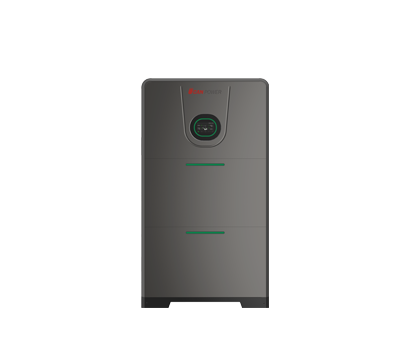
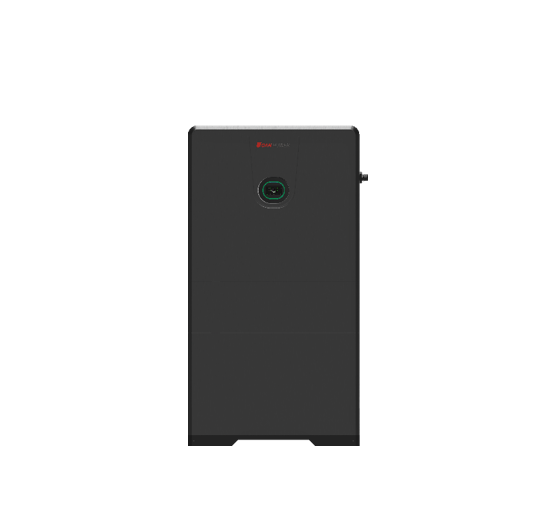
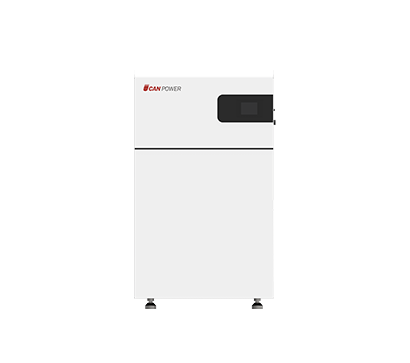
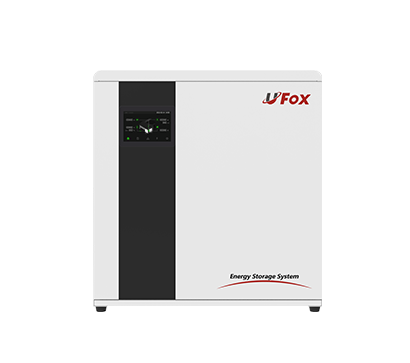
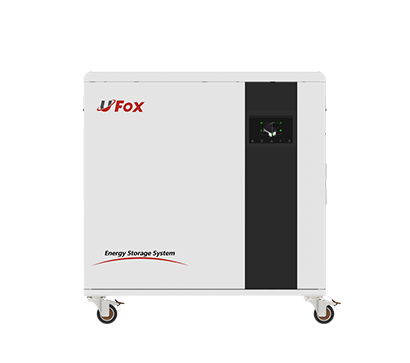
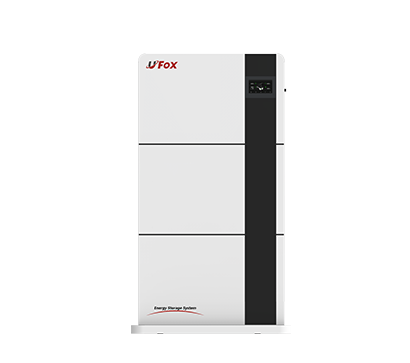
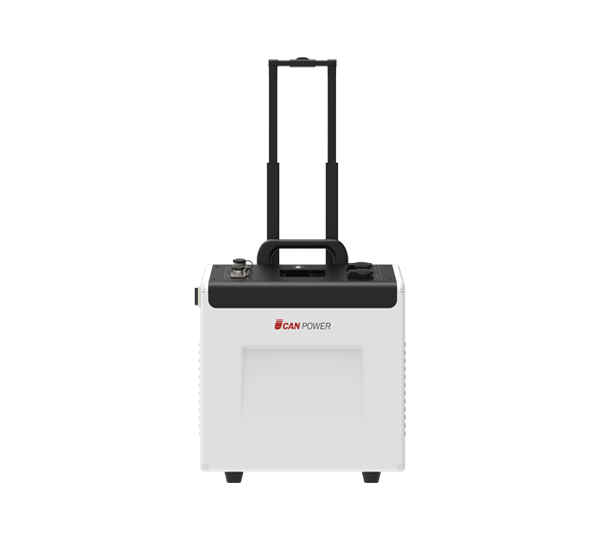
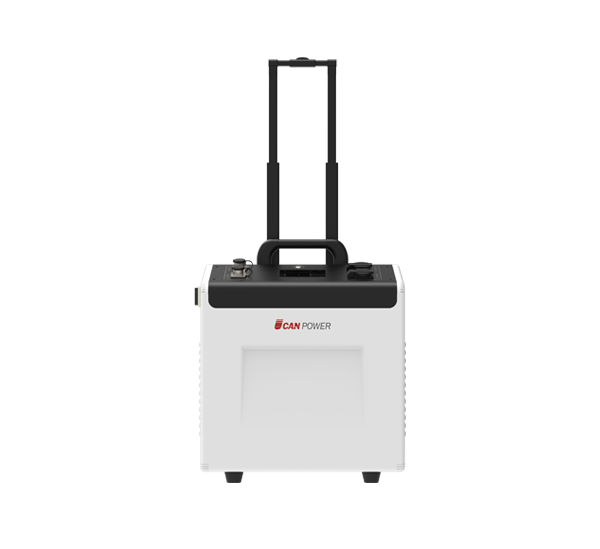
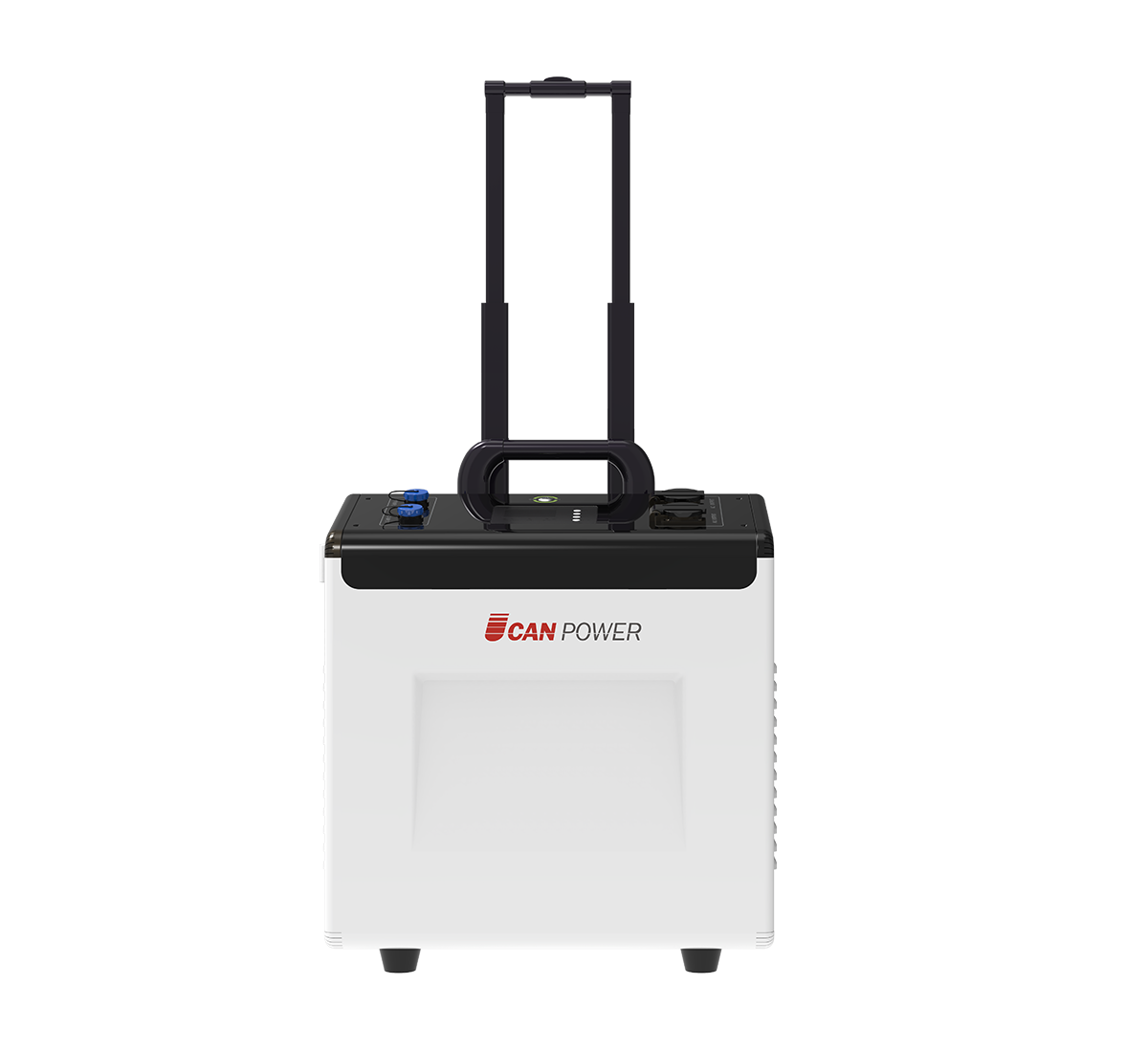
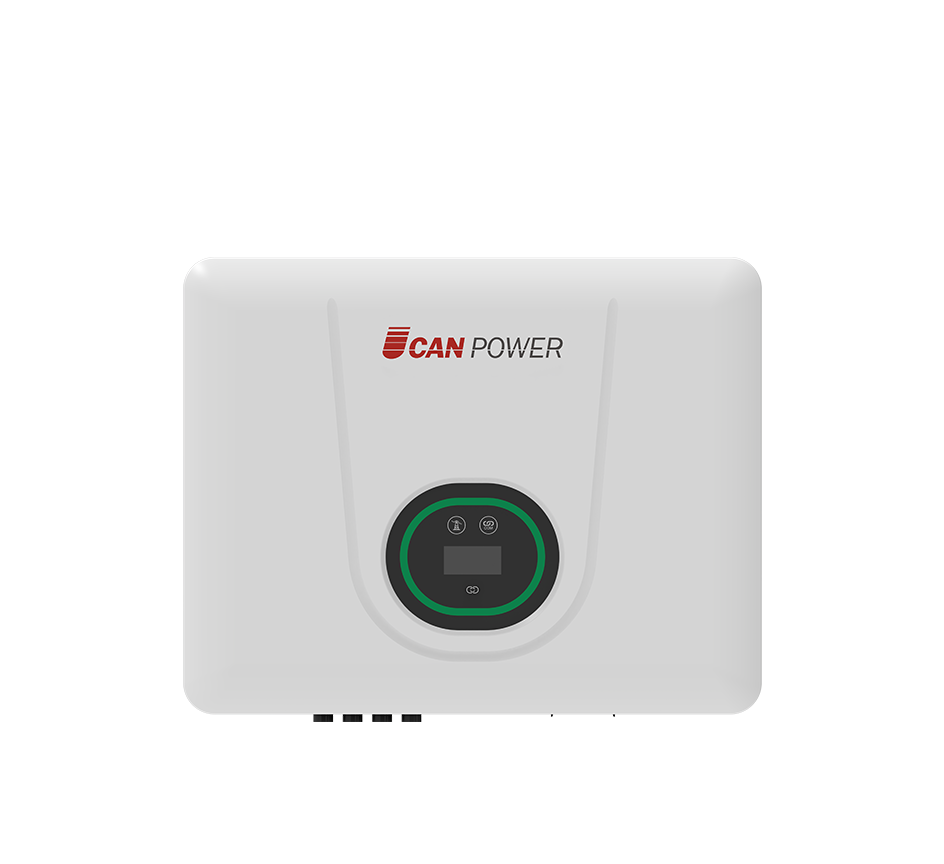
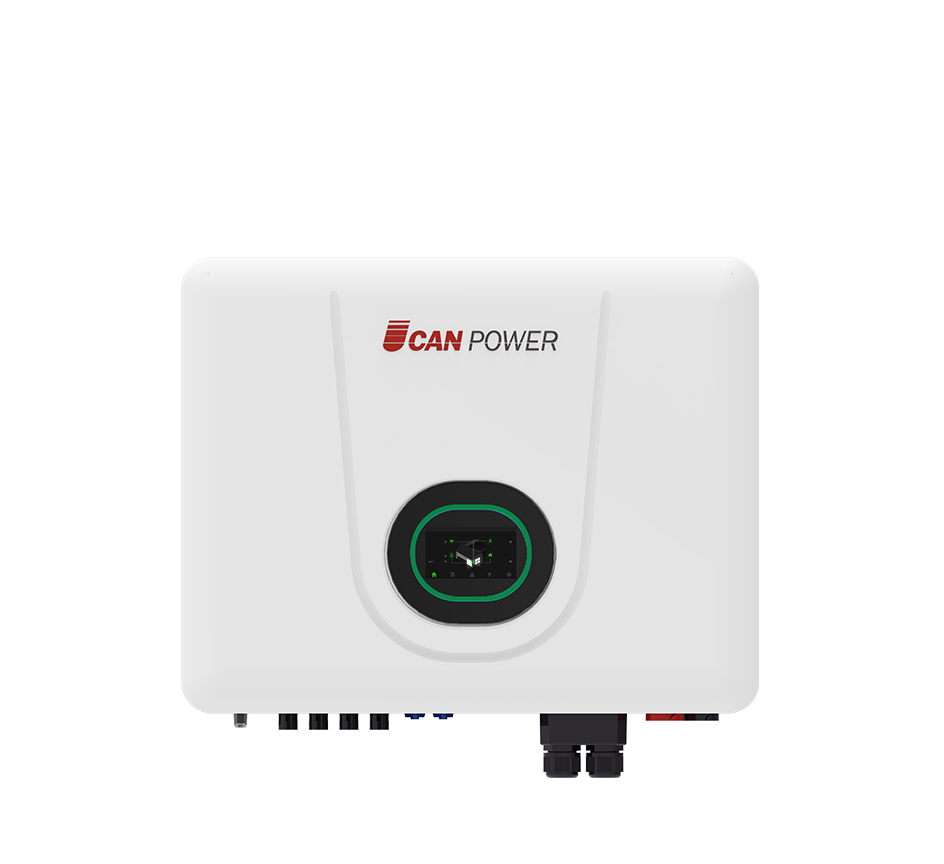
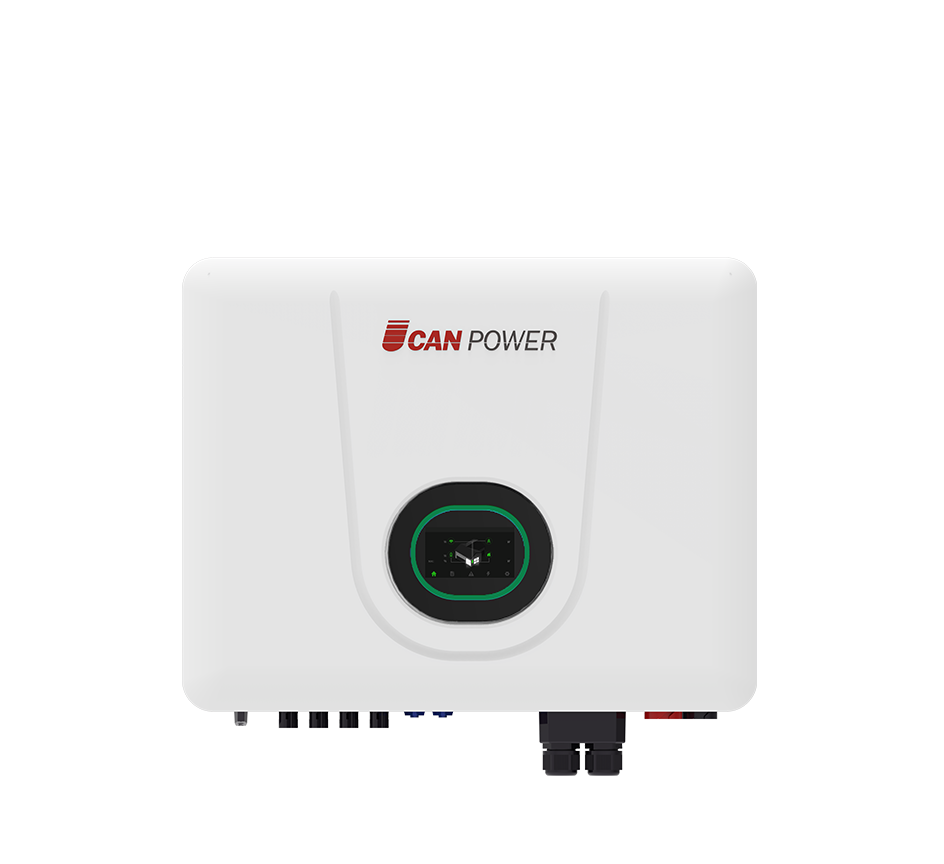
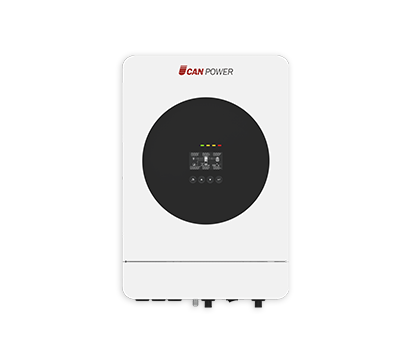
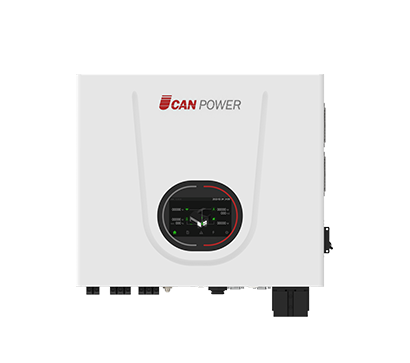
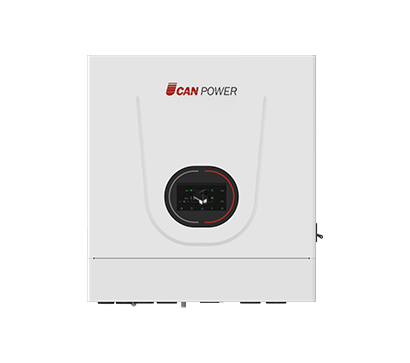
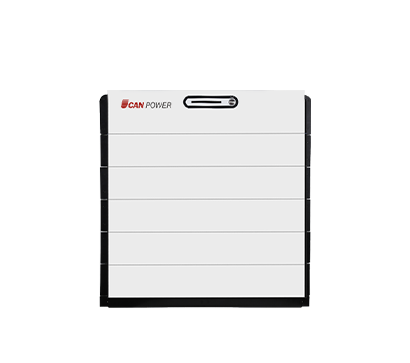
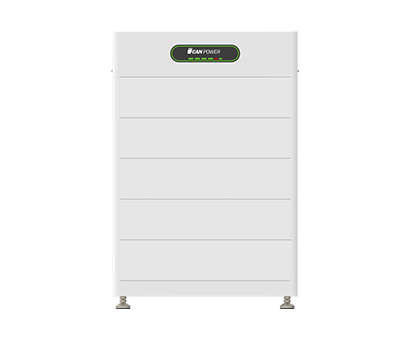
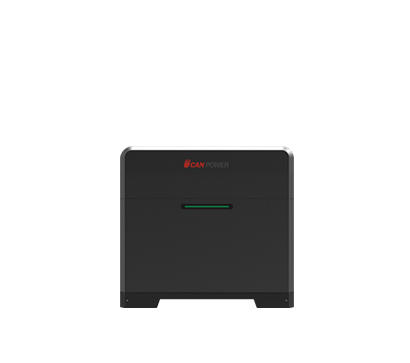
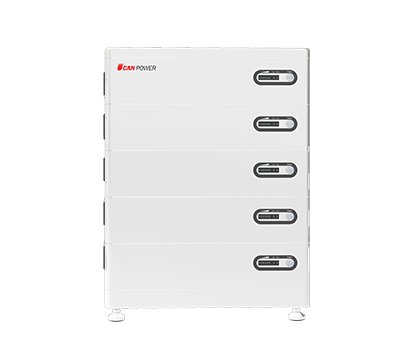
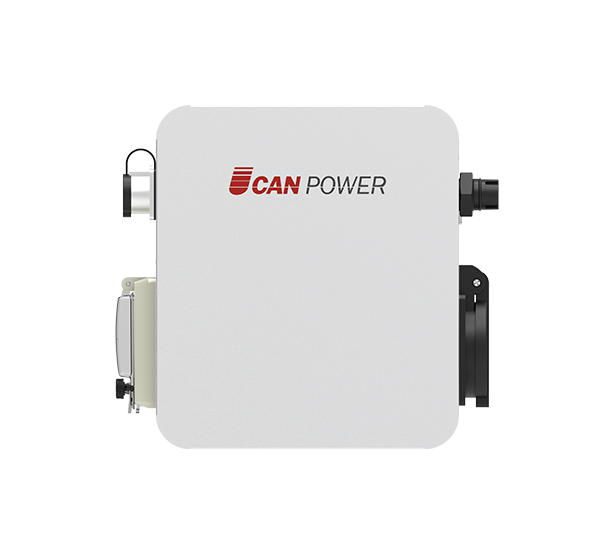
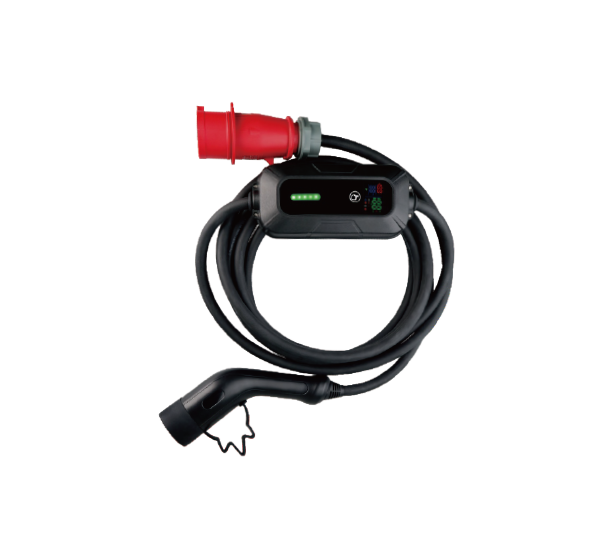


 German
German Italian
Italian Japanese
Japanese Global (English)
Global (English) Spanish
Spanish French
French







